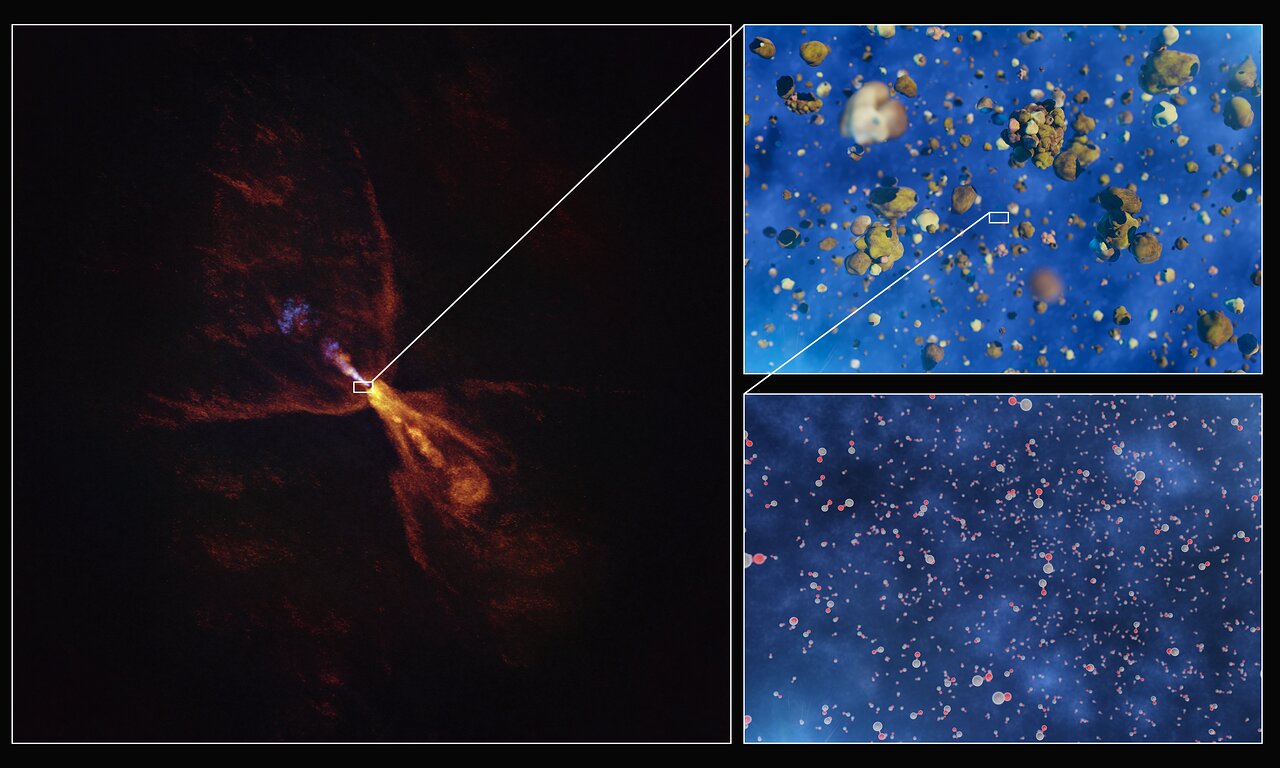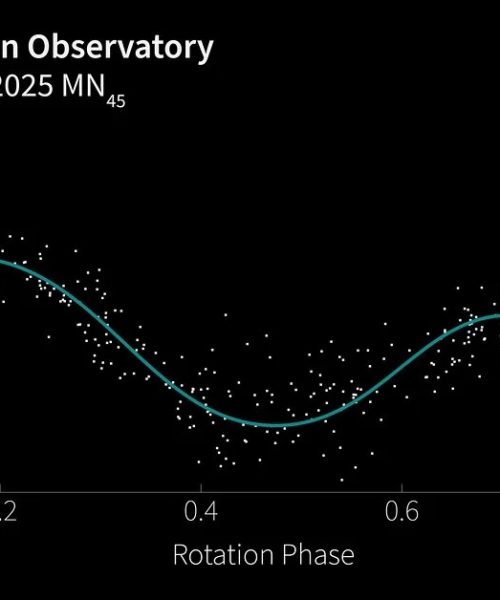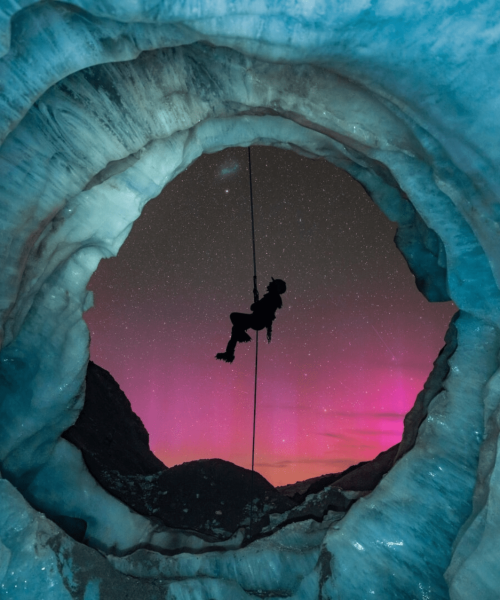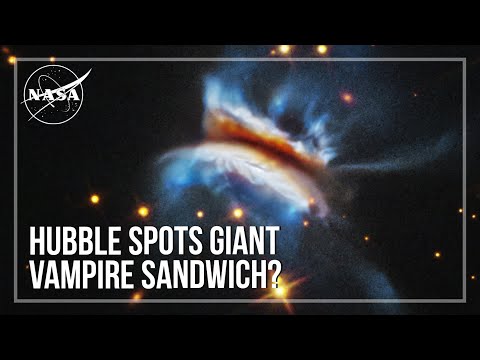An international team of researchers have discovered the moment when planets began to form around a central star. Purdue University astronomer Merel van ‘t Hoff says it’s like finding, “a picture of the baby Solar System.”
Using the James Webb Space Telescope (JWST) and Atacama Large Millimeter/submillimeter Array (ALMA) telescope in Chile, the team observed hot minerals just beginning to solidify. These sizzling minerals are the very first specks of planet-forming materials. The findings are detailed in a study published July 16 in the journal Nature and opens up a portal to our own solar system’s storied past.
“For the first time, we have identified the earliest moment when planet formation is initiated around a star other than our Sun,” Melissa McClure, a study co-author and astronomer at Leiden University in the Netherlands said in a statement.
“We’re seeing a system that looks like what our Solar System looked like when it was just beginning to form,” van ‘t Hoff added.
The newborn planetary system described in the study is emerging around HOPS-315. HOPS-315 is a proto or baby star roughly 1,300 light-years away from Earth. Astronomers often see discs of gas and dust around these proto stars. These protoplanetary discs are the birthplaces of new planets. Previously, scientists have observed young discs that contain newborn, giant, Jupiter-like planets.
“We’ve always known that the first solid parts of planets, or ‘planetesimals,’ must form further back in time, at earlier stages,” says McClure.
In our own solar system, the very first solid material to condense near Earth’s present location can be found locked within ancient meteorites. Using these primordial rocks, astronomers can estimate their age and determine when our own solar system started to form. These old meteorites are full of crystalline minerals that contain silicon monoxide. They can also condense at the extremely high temperatures present in young planetary discs. As time progresses, these newly condensed solids bind together, and become the very seeds of planet formation as they grow. For example, the first mile-sized planetesimals in our solar system–which grew to become celestial bodies like Earth or Jupiter’s core–formed right after the condensation of these same crystalline minerals.

With this new finding, astronomers have found evidence that these hot minerals are beginning to condense in the disc around HOPS-315. Silicon monoxide is present around the baby star in its gaseous state and within these crystalline minerals. This suggests that it is only just beginning to solidify.
“This process has never been seen before in a protoplanetary disc — or anywhere outside our Solar System,” added study co-author and University of Michigan astronomer Edwin Bergin.
Astronomers first identified these minerals using the now-three-year-old James Webb Space Telescope. To see where exactly the signals were coming from, they studied the system with the ALAMA telescope, which is operated by the European Space Agency with international partners in Chile’s Atacama Desert.
With these observations together, the team determined that the chemical signals were coming from a small region of the disc, surrounding the star equivalent to the orbit of the asteroid belt around our sun.
“We’re really seeing these minerals at the same location in this extrasolar system as where we see them in asteroids in the Solar System,“ said study co-author and Leiden University astrophysicist Logan Francis.
[ Related: Newborn stars surround a planet-forming disk 450 million light years away. ]
With these similarities, the disc around HOPS-315 gives astronomers a good proxy for studying our solar system’s own cosmic history.
“This system is one of the best that we know to actually probe some of the processes that happened in our Solar System,” said van ‘t Hoff.
HOPS-315 is also giving astronomers a new opportunity to study early planet formation, serving as a stand-in for newborn solar systems across the galaxy.
“I was really impressed by this study, which reveals a very early stage of planet formation,” added ESO astronomer and European ALMA Programme Manager Elizabeth Humphreys, who was not part of the study. “It suggests that HOPS-315 can be used to understand how our own Solar System formed. This result highlights the combined strength of JWST and ALMA for exploring protoplanetary discs.”






